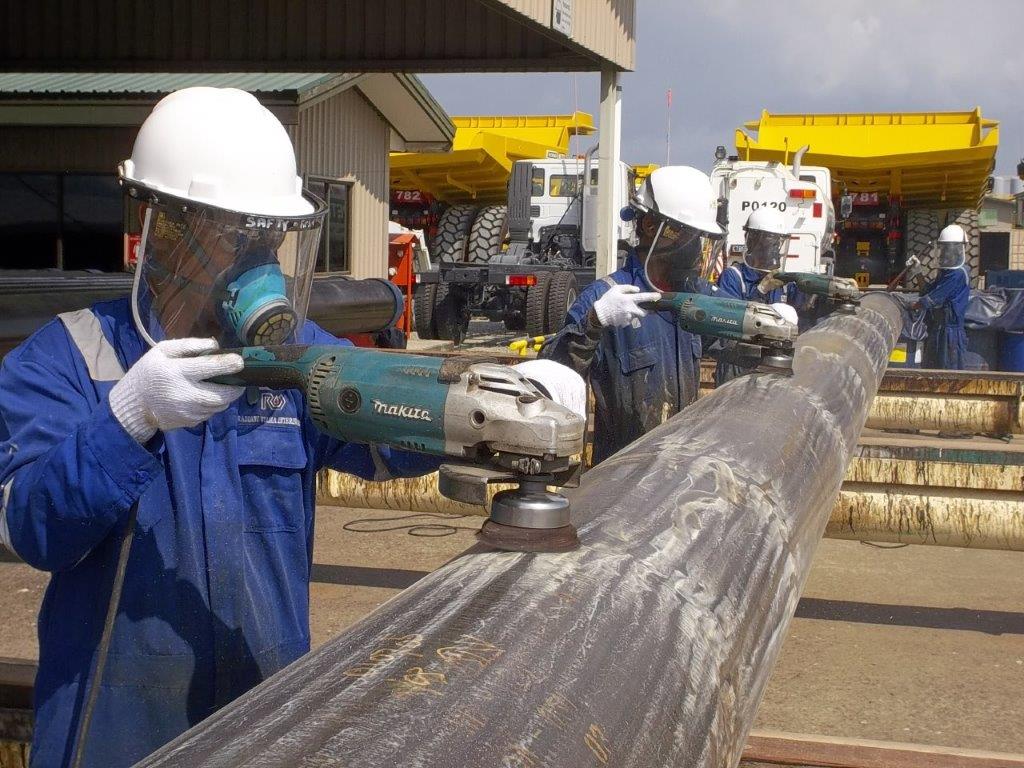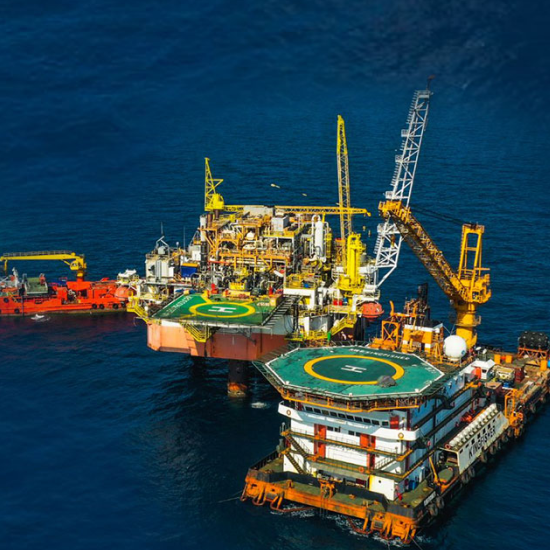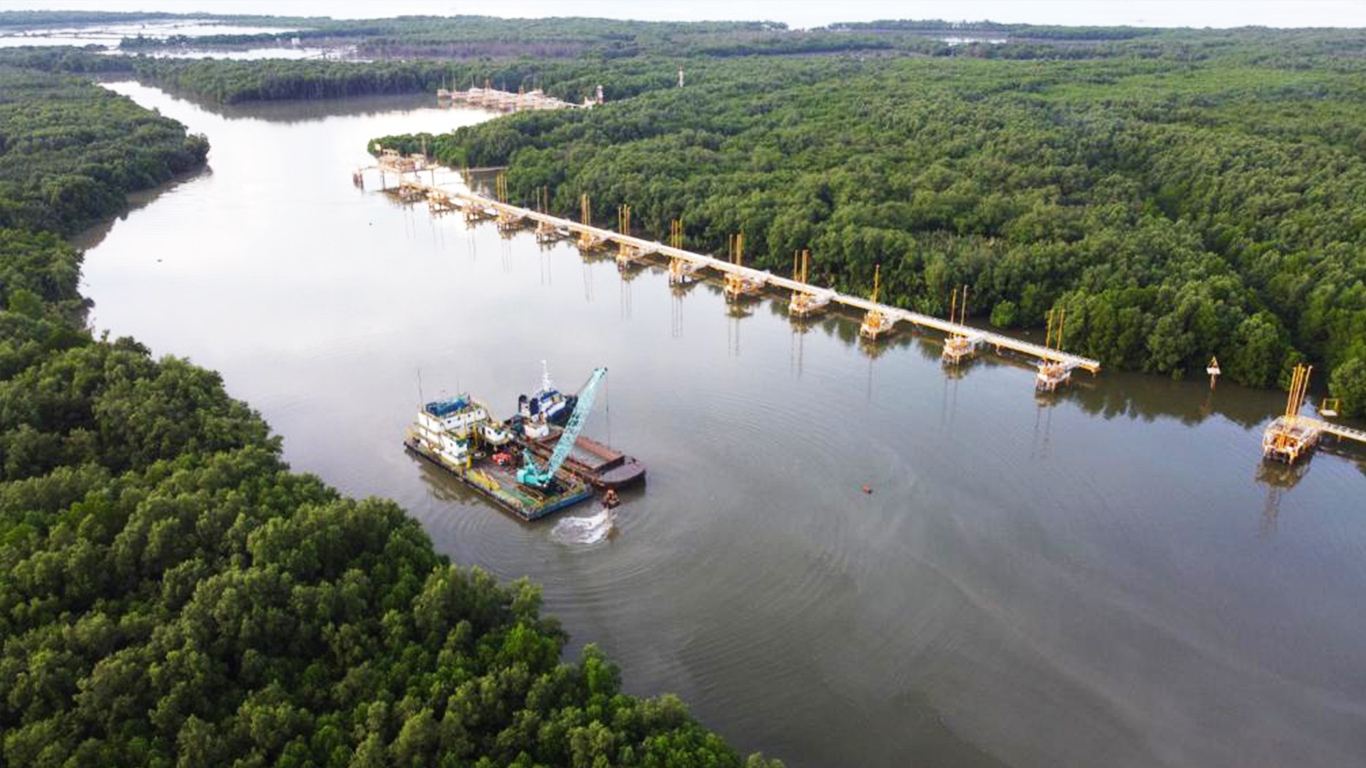Oil Country Tubular Goods (OCTG) Inspection
OCTG inspection involves the evaluation of pipes and tubular components used in oil and gas drilling to ensure their structural integrity, safety, and operational reliability. These inspections play a critical role in maintaining smooth and safe operations in high-pressure and high-stress environments.
Types of OCTG Inspection
• Visual Inspection: Examining the pipe for defects like cracks, corrosion, and thread damage.
• Ultrasonic Testing (UT): Using sound waves to detect internal flaws and measure wall thickness.
• Magnetic Particle Inspection (MPI): Identifying surface and near-surface cracks using magnetic fields and iron particles.
• Electromagnetic Inspection: Detecting surface and subsurface defects using electromagnetic fields.
• Radiographic/X-ray Inspection: Using X-rays to reveal internal flaws and defects.
• Dimensional Inspection: Checking the pipe's dimensions against specifications, including diameter, length, and wall thickness.
• Hydrostatic Testing: Applying internal pressure to the pipe to check for leaks and structural integrity.
• Hardness Testing: Measuring the pipe's resistance to indentation to assess material properties.
• Full Length API Drifting: Passing an API drift through the pipe to check for obstructions or distortions.
• API / Premium Thread Inspection: Examining threads for proper dimensions, damage, and wear.
Why OCTG Inspection Matters
Safety: Prevents structural failures that could cause accidents or environmental incidents.
Reliability: Allows early detection of problems to avoid unexpected downtime.
Cost Efficiency: Reduces long-term repair costs by addressing issues at an early stage.
Regulatory Compliance: Ensures adherence to industry codes and standards.
Applicable Standards
API (American Petroleum Institute): Provides various recommended practices and standards for OCTG, including API RP 7G, API RP 5A5, and API 5CT.
DS-1: A recognized global standard for drill string inspection and integrity management.
Key Challenges and Best Practices
Complex Field Conditions: Demanding drilling environments require advanced, high-precision inspection methods.
Data Management: Leveraging digital tools and data analysis to support faster, more accurate decision-making.
Qualified Personnel: Ensuring inspections are conducted by certified and well-trained professionals.
Standardized Procedures: Establishing clear and consistent workflows to maintain reliability across all inspection tasks.
Why OCTG Inspection Matters and Benefits
Inspections of OCTG (Oil Country Tubular Goods) are essential to uphold the quality, reliability, and safety of tubular components used in oil and gas operations. Here are the key benefits of conducting thorough OCTG pipe inspections:
1. Guaranteeing Pipe Quality and Structural Integrity
A proper inspection ensures that each pipe meets the required standards before being deployed in the field. It helps identify cracks, corrosion, dents, or other structural flaws early—preventing potential failures that could disrupt operations or compromise production output.
2. Enhancing Operational Reliability
Inspected and verified pipes are less likely to experience damage or leakage. This contributes to greater system reliability, supports continuous production flow, and reduces the risk of unplanned shutdowns—safeguarding both time and investment.
3. Promoting Workplace Safety
By detecting hidden defects in advance, inspections help mitigate risks that could endanger personnel or infrastructure. Maintaining the structural soundness of pipes significantly lowers the chance of critical failures or safety incidents on site.
4. Supporting Cost-Effective Maintenance and Repairs
Early identification of wear or defects enables timely repairs or replacements. This proactive approach extends the life of the pipe, minimizes downtime, and helps optimize the overall performance of the production system.
5. Ensuring Regulatory Compliance
Regular and comprehensive inspections help ensure that OCTG components conform to industry regulations and quality standards. This minimizes the risk of legal violations and reinforces the company's commitment to safe and responsible operations.




